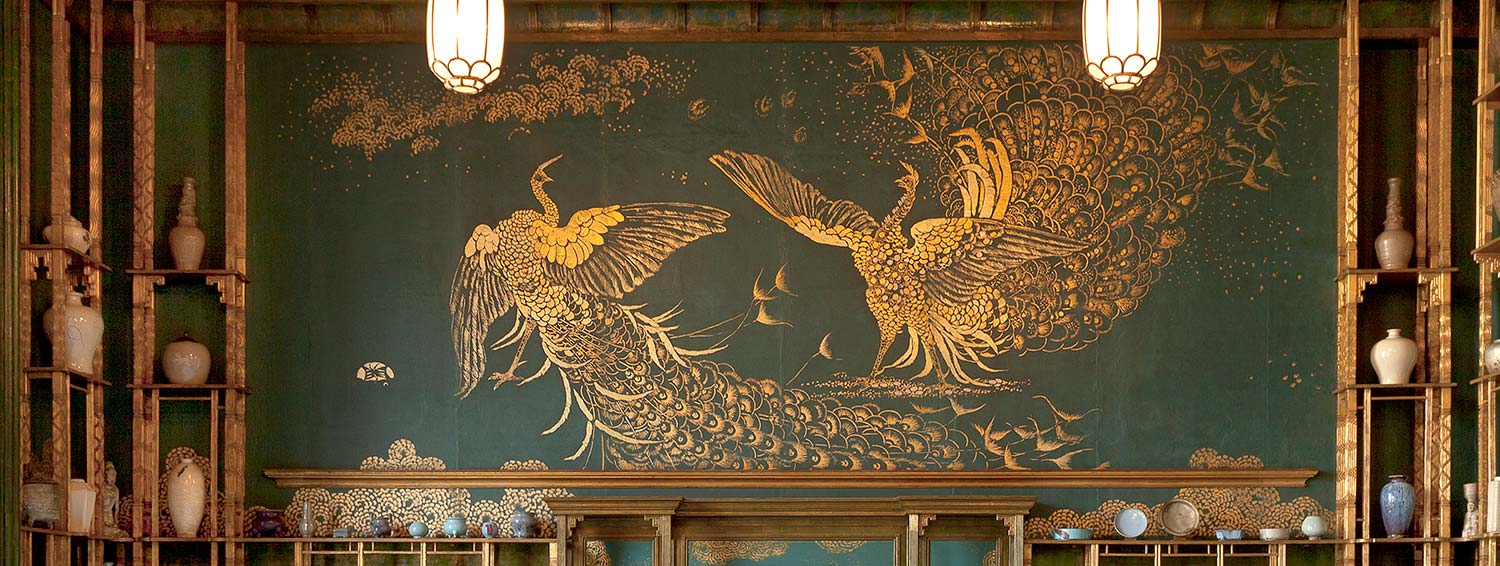As museums of the Smithsonian Institution, the Freer Gallery of Art and the Arthur M. Sackler Gallery hold in trust the nation’s collections of Asian art and of American art of the Aesthetic movement. Two museums with independent histories, collections and characters, they are united by a joint organization, common mission and shared vision. That mission is to encourage enjoyment and understanding of the arts of Asia and the cultures that produced them. The Freer Gallery of Art opened to the public in 1923. Charles Lang Freer, its founder, made his fortune in the railroad car manufacturing industry in Detroit in the late-nineteenth century. His interest in the Aesthetic movement helped to shape his taste in art, and in the late 1880s, Freer began actively to collect paintings and works on paper by James McNeill Whistler. Freer would collect more than one thousand works by Whistler, including the Peacock Room, perhaps one of the earliest (and certainly one of the most controversial) art installations on record. Freer also collected the works of other American masters including Thomas Dewing, Augustus Saint-Gaudens, Winslow Homer, Abbott Thayer, and Dwight Tryon. It was Whistler who, through his own interest in the arts of Asia, turned Freer’s attention east. When Freer bequeathed his collection to the Smithsonian, he had amassed one of the most important Asian art collections in the United States. Those collections have continued to grow in number; Freer, however, prohibited future additions to the American collection, which he believed to be perfectly harmonious and complete. Today, the museum’s Whistler holdings are both a monument to a particular moment in the history of collecting and a testament to Freer’s faith in “points of contact” across cultures and historical epochs. www.asia.si.edu
Banner image detail: Harmony in Blue and Gold: The Peacock Room, 1876-77, oil and gold leaf on canvas, leather, and wood, Freer Gallery of Art, Smithsonian Institution, Gift of Charles Lang Freer, F1904.61.

